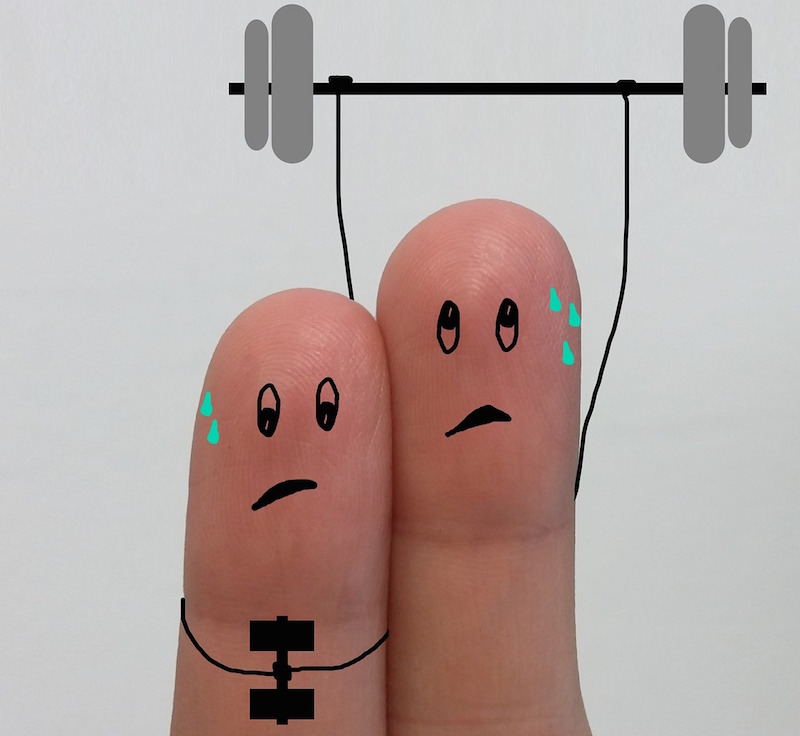Whilst you might not have heard of it as the Pareto Principle, the 80 / 20 rule, as it is more commonly known can help us get more done.
First identified by Italian mathematician Vilfredo Pareto in 1906, the Pareto Principle was used to describe the unequal distribution of wealth. Pareto observed that twenty percent of the people owned eighty percent of the wealth. In the late 1940s, quality guru, Dr. Joseph M. Juran, attributed the 80/20 Rule to Pareto, calling it Pareto’s Principle.
The 80/20 Rule means that in almost any situation, 20 percent of the work, activities or inputs are responsible for 80 percent of the outcomes or results achieved. The ‘rule’ applies or is evident in many industries.
Restaurateurs know that 80% of the food ordered comes from 20% of the items listed on the menu. It doesn’t matter how extensive the menu is, 80% of orders will be from the most popular 20% of items. It is vital that the kitchen knows which menu items are critical and always have those ingredients.
Shoe shop owners know that 80% of sales come from 20% of the styles they stock and 80% of the sales of a particular show will come from 20% of the sizes. It is important that the shoe shop owner knows which styles are selling and stocks the most in-demand sizes.
Coca-cola and McDonald’s spend a fortune tracking the impact of their advertising spend because they know that 80% of their sales come from 20% of their advertising spend. They spend more on the ads that work and reduce those that are ineffective.
Working out what is having the greatest impact is really important. In each case there are a trivial many and a critical few. Whether it is stock, advertising spend or how we spend our time, identifying the critical things we do, the activities, tasks or times of the day that have the most impact, is important to our success.
As leaders, it is vital that we reflect and make sure that we optimise those opportunities.
Being a leader in schools involves many and varied activities each day. No two days are alike. However, reflecting on our activities can be useful in identifying the activities that have the most impact. What are the critical things that you do that make the most impact?
Is it particular meetings where we make decisions or communicate expectations or priorities or seek alignment?
Is it supporting colleagues, resolving issues with students, planning the smooth operation of particular events?
Is it particular times of the day or activities?
As a Principal, I was aware that critical times for me were from 7.45 to 9 am in the morning and 2.45 to 3.15 pm in the afternoon and key meetings (staff, P & C, leadership team and School Council).
I needed to be available to staff before school on most days, at the front gate at school pick up time after school and prepared and organised to have maximum influence at key meetings.
If I wasn’t available before school to staff, it created a blockage and frustrated them when they were seeking information or a decision. If I was at the school gate after school, I could often put out a ‘bush fire’ before it started by listening to a concerned parent or providing clarification on an emerging issue.
The critical few and trivial many will depend on your role within the school. Being aware of them does not mean that you ONLY focus on the critical few and ignore the trivial many. However, if you are aware of your critical few and try to be available and at your best during those times or activities it can have a great impact on your effectiveness and efficiency.
What are your critical few activities or times of the day or week where you get the most traction?

